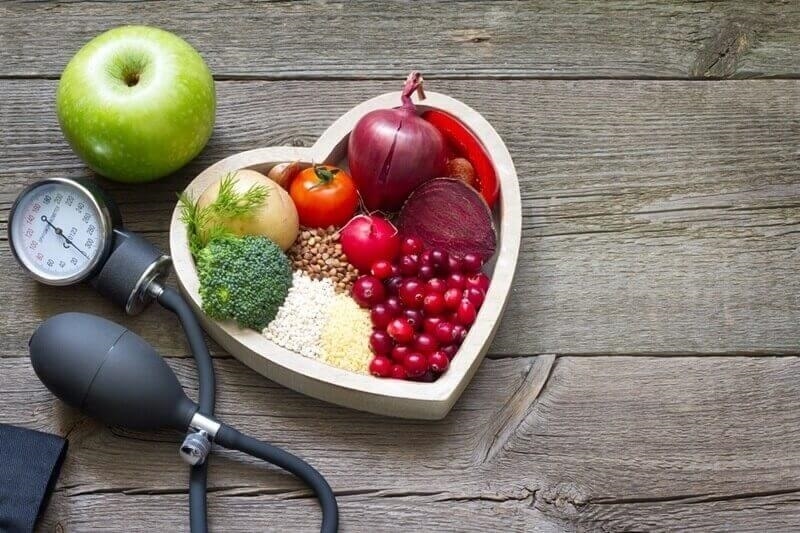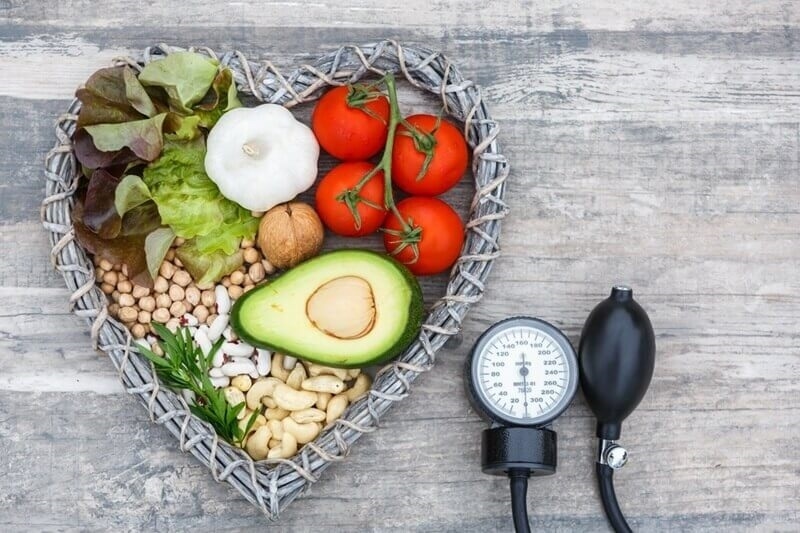
High cholesterol isn’t just a number on a lab report, it’s a red flag for your heart’s future. The good news? What’s on your plate can make a big difference. The right heart-healthy diet cholesterol approach can pull down LDL (“bad”) cholesterol, boost HDL (“good”) cholesterol, and protect your arteries for years to come. . This is about making smart, sustainable changes, and you don't necessarily need to follow an All or Nothing kind of diet or give up everything that you enjoy.

If cholesterol has been your topic of concern and if you have been doing everything alone against it at home, then start with five diet tips rooted in scientific studies. Each one of these would be practical to actually do, something you can sustain in the long term, and is oriented towards natural cholesterol-lowering foods so that the changes can actually stick.
Not all fats are created equal. The type you choose directly affects your cholesterol profile.
Quick swap: Trade the butter on your toast for avocado slices. Swap mayo for hummus in sandwiches. Drizzle olive oil instead of creamy dressings on salads. These simple changes feed into a lower LDL cholesterol diet without feeling restrictive.
Don’t Miss: Maintaining Heart Health Across Ages: Tips from 50s to 60+
Think of soluble fiber as your body’s natural cholesterol filter. It binds with cholesterol in your digestive tract and carries it out before it can enter your bloodstream.
Easy win: Start your morning with a bowl of oatmeal topped with berries and chia seeds. Add beans to soups, salads, or wraps for lunch. Keep carrot sticks or apple slices handy for snacks. These little boosts add up fast.
Protein isn’t just about muscle. Your choice of protein can help you manage cholesterol. Exchanging an animal protein for a plant protein can reduce saturated fat and increase consumption of fiber, aiding in lowering LDL cholesterol.
Smart change: Instead of ground beef in your tacos, try seasoned lentils. Have a soy-based stir fry a couple of times a week instead of chicken. The goal is not to become fully vegetarian overnight, but to somehow lean the balance toward plant-powered meals.
Omega-3 fatty acids won’t dramatically lower LDL, but they help in other powerful ways. They reduce triglycerides, fight inflammation, improve blood vessel health, and can even help prevent irregular heart rhythms.
By working omega-3s into your weekly routine, you’re strengthening your heart-healthy diet cholesterol foundation while supporting overall cardiovascular wellness.
More to Explore: Healthy Aging Starts with Smart Nutrition for Seniors
Even the most cholesterol-friendly diet works better when paired with a healthy weight. Carrying extra pounds — especially around your midsection — tends to raise LDL and triglycerides while lowering HDL.
Bottom line: The right diet can do a lot, but weight management acts like a multiplier for your results.
If you’re serious about how to lower cholesterol, focus on these five dietary moves:
These steps aren’t quick fixes, they’re sustainable habits. And when you build your meals around foods that lower cholesterol naturally, you’re not just chasing better lab numbers. You’re protecting your heart for the long run.
Breakfast: Oatmeal with sliced apple, chia seeds, and a sprinkle of walnuts.
Snack: Carrot sticks with hummus.
Lunch: Lentil soup with a side salad dressed in olive oil and lemon.
Snack: Psyllium husk mixed into soy yogurt.
Dinner: Grilled salmon with quinoa and roasted Brussels sprouts.
This isn’t a rigid meal plan, it’s a framework you can adapt to your tastes while keeping the heart-healthy diet cholesterol principles in place.
You may also like: Fit After Fifty: Strength, Stretch & Balance Made Easy
Lowering cholesterol isn’t about giving up every food you love. It’s about making smarter swaps, eating more of what helps your heart, and doing it consistently. A lower LDL cholesterol diet built on foods that lower cholesterol naturally doesn’t just improve your numbers; it keeps your heart strong for the long haul.
If you start with just one change today, maybe adding a serving of omega-3 foods to lower cholesterol or increasing your daily soluble fiber, you’re already moving in the right direction. Stick with it, layer in the other tips, and watch your cholesterol and your heart health improve.
This content was created by AI